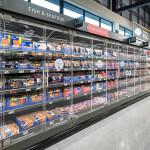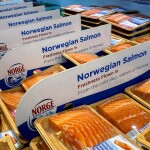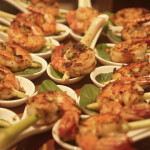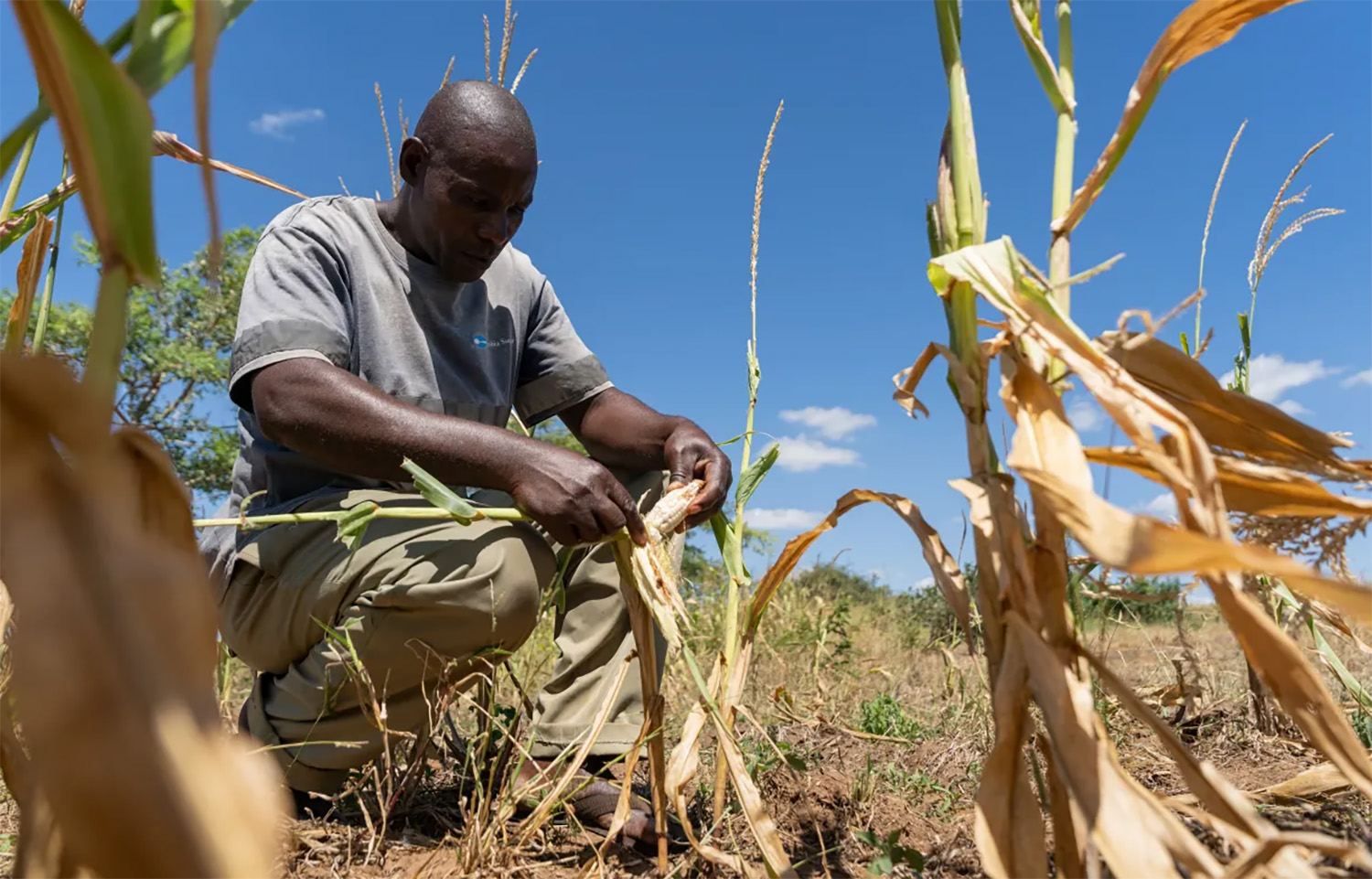A dwindling supply of the ingredients needed to manufacture fish feed has Namibian aquaculture operations scrambling to find ways to attain feed fast enough to support the nation’s ambitious aquaculture growth plan.
Namibia Deputy Minister of Fisheries and Marine Resources Sylvia Makgone said she is concerned about the latest prolonged drought in the southeast African nation, as well as in neighboring Zambia where it imports some of its feed from. The drought has severely affected agricultural operations that produce the raw materials used in aquafeed production, such as maize and pearl millet.
Thus, the government has scrambled to find ways to produce feed but continues to run into the same issue: a shortage of raw materials.
“No one in Namibia is producing fish feed; the Ministry [of Fisheries and Marine Resources] on its own started producing, but because of the type of fish we produce … we need maize and pearl millet to produce,” she said. “This drought is all over, so with fish feed, even if the farmers can produce [it themselves], there is not enough raw material.”
Under Namibia’s 10-year National Aquaculture Master Plan that ended in 2023, access to quality fish feed was a top priority on the agenda, with the germane part of the sector blueprint saying, “given fish feed volumes, the private sector is unlikely to produce aquafeed in the short term, and the government is expected to take a lead role in securing and improving aquafeed.”
The plan also included supporting research and development to “develop cost-effective aquaculture feeds to reduce aquaculture production costs, especially for small to medium-scale producers.”
So far in 2024, Namibia has received little rainfall and where it has received rainfall, such as in key crop-growing regions such as Omusati, Oshana, Ohangwena, Oshikoto, Kavango East, Kavango West, and Zambezi, the rains have led to flash floods and poor harvests.
Namibia only has one government-operated fish feed plant, which is located in Onavivi and was built in 2009 with the support of the Spanish government. It has a capacity to produce 1,200 metric tons (MT) of feed annually to support production of at least 600 MT of fish every year.
Going forward, Namibian Director of Aquaculture and Inland Fisheries Rudolph Cloetesaid said the Ministry of Fisheries and Marine Resources “is ready to support private companies that are willing to set up fish-feed plants in Namibia.”
Namibia has a goal of achieving aquaculture production volumes of 4,000 MT of fish, with the government estimating it’ll require 6,000 MT of feed to do so.








